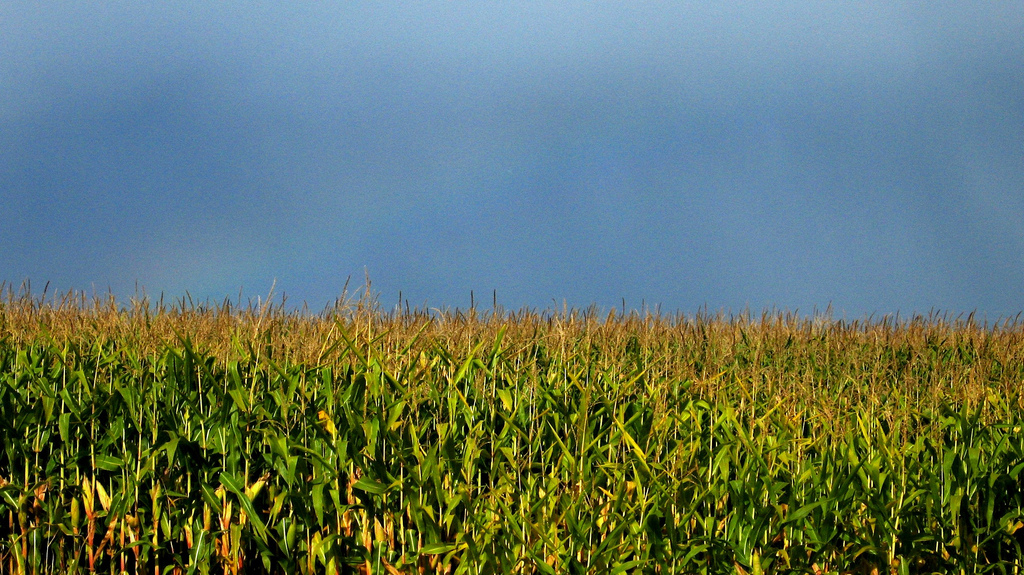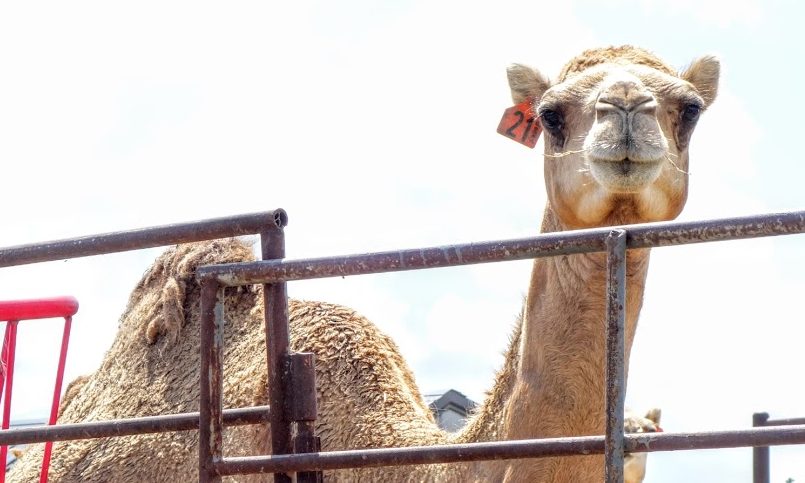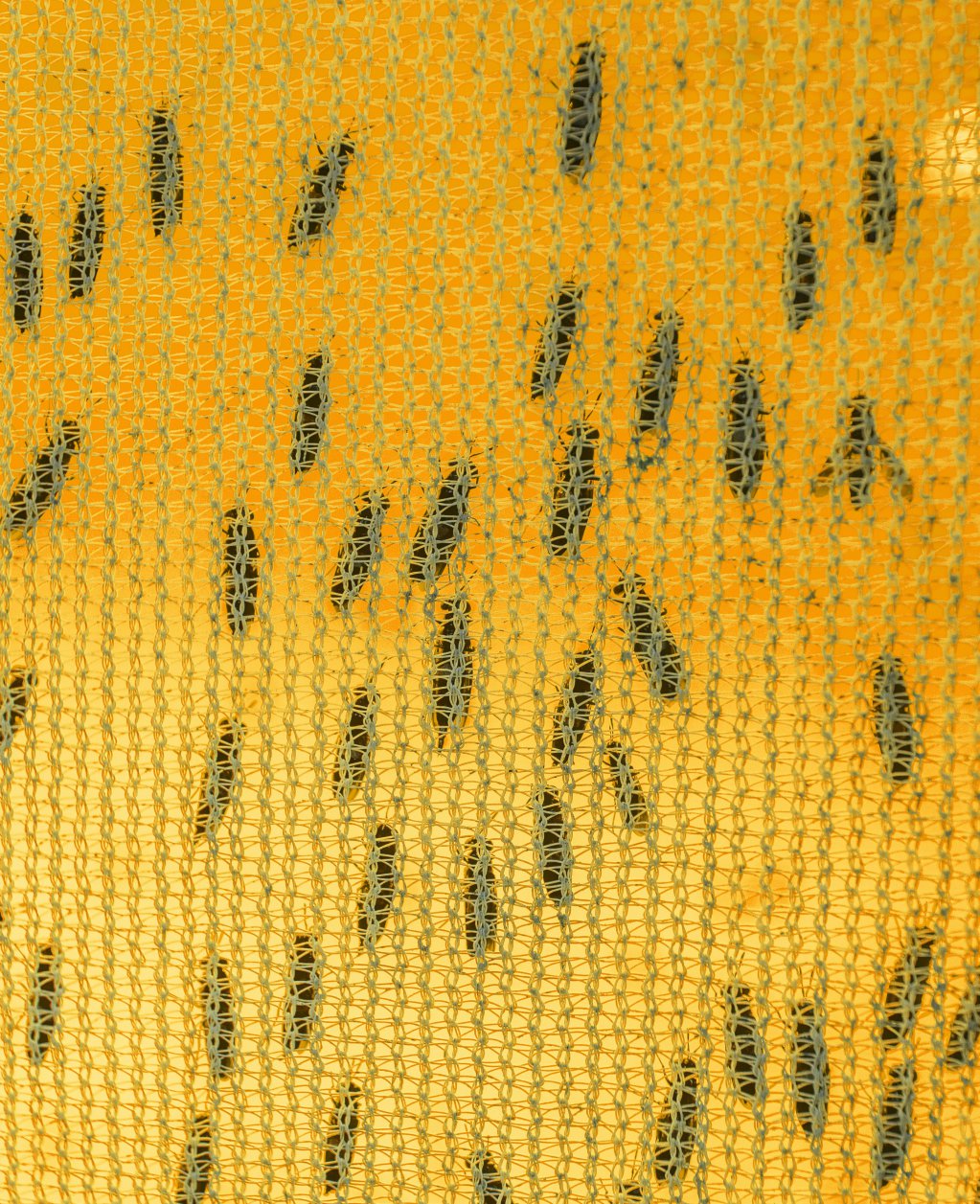This is the web version of a list we publish twice-weekly in our newsletter. It comprises the most noteworthy food stories of the moment, selected by our editors. Get it first here.
Lettuce proceed with caution. The Centers for Disease Control and Prevention (CDC) has issued a warning against eating romaine lettuce—again. As of 2:30 p.m., EST on Tuesday, the agency said it was investigating a multistate outbreak of Shiga toxin-producing E. coli infections linked to the salad green. So far, 32 people have been infected in 11 states, and Canada has identified 18 additional infected people in Ontario and Quebec. The source has not yet been identified and officials recommend consumers avoid eating romaine lettuce in any form and discard any they have on hand.
GMOMG. The lower an eater’s scientific literacy, the more they’re likely to fear GMOs. That’s one of many findings of a new survey out from the Pew Research Center, Pacific Standard reports. Why does this matter? Our perceptions about ingredients inform our ideas about “health” at large, which then determine how we feed ourselves. When people misunderstand GMOs and additives, well, that makes it easier for them to fall victim to deceptive food marketing. If we are what we eat, shouldn’t we truly know what we eat, too?
This is nut a test. One in 50 American children is allergic to peanuts. They bring their own cupcakes to birthday parties, avoid candies that could have trace amounts from processing, and master the art of reading food labels. The same vigilance continues into adulthood, since few of them outgrow their allergies as they age. But that could change. This week, researchers presented findings from a clinical trial that found children who had been gradually exposed to peanut protein over the course of six months could ingest limited amounts without developing allergic reactions. The treatment plan—which was tested on 551 people, including 496 children—is “not the cure, but it is a good first step,” a doctor told The New York Times. “The fact that the kids were eating the equivalent of a peanut a day pretty much tells you that if they accidentally eat a peanut, they won’t have a life-threatening reaction.”
You call that a vegetable? Those of us eating sweet potato casseroles topped with marshmallows this Thanksgiving know, on some level, that the dish doesn’t count as a vegetable. This week, Quartz has a deep dive on the history of the side-dish-that’s-basically-a-
That’s no milkshake. The next time you’re making a trip down to the Everglades, do as Ozy recommends and stop by Robert Is Here—a colorful fruit market bursting with beautiful and locally-grown produce. They’ve got big-ass avocados, starfruit, mangosteens, magic fruit, and, best of all, milkshakes that seem not to be made with milk, but a whole pint of soft serve ice cream. Robert Is Here also has a touching origin story: It started with a tenant farmer and cucumbers that were going unsold because of an oversaturated market. So the farmer put his six-year-old son (Robert) out by the road with the vegetables and a simple sign—and the cukes were gone by noon. Robert’s fruit and milkshake brings all the Floridians to the yard? Seems so.









